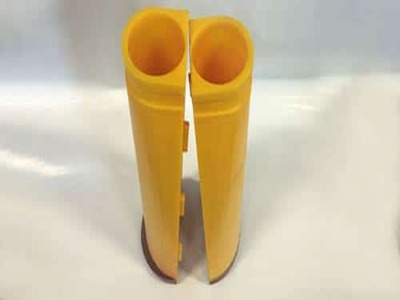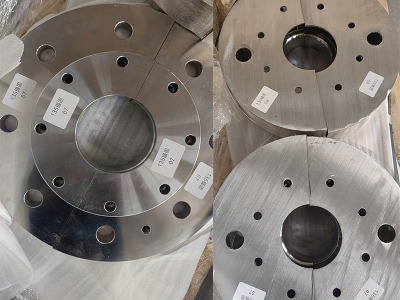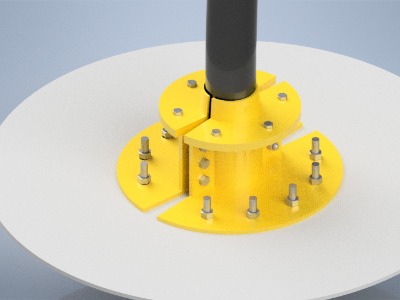The Role And Advantages of Offshore Wind Power Polyurethane J-Tube Seals
Cable protection and sealing are particularly critical in offshore wind power systems. Polyurethane J-tube seals are the core components that ensure the safety of offshore wind power cables and prevent seawater infiltration from seawater corrosion, wave impact, salt spray erosion, etc. This article will introduce the seal's role and specific application scenarios in offshore wind power.
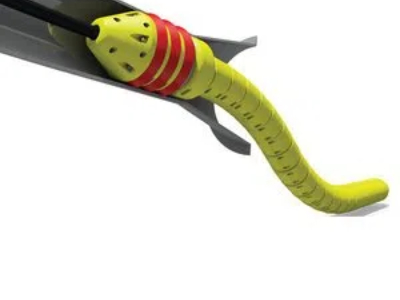
The role of polyurethane J-tube seals
•Waterproof seal to prevent seawater intrusion
Offshore wind power cables need to pass through the wind turbine foundation (such as monopile, conduit rack, etc.) to enter the tower, and the J-tube is the main channel for the cable. The polyurethane J-tube seal is installed between the cable and the J-tube to form a tight seal to prevent seawater from infiltrating the tower and avoid short circuit or corrosion of electrical equipment due to moisture.
•Buffer protection to reduce cable wear
Offshore wind turbines will shake due to wind and wave action during operation, and the cable may be damaged in the J-tube due to long-term friction. Polyurethane materials have excellent elasticity and wear resistance, can absorb vibration and impact, reduce cable wear, and extend service life.
•Adapt to the dynamic environment and maintain long-term stability
Polyurethane materials have excellent weather resistance and can resist environmental influences such as ultraviolet rays, salt spray, and temperature changes, ensuring that the sealing performance does not degrade during long-term operation.
•Easy to install and maintain
J-tube seals usually adopt modular design, which is convenient for rapid installation and replacement in complex offshore environments, reducing operation and maintenance costs.
Typical application scenarios in offshore wind power
• Single-pile foundation wind turbine
Single-pile foundation is one of the most commonly used structures in offshore wind power. The cable passes from the seabed into the pile foundation and then enters the tower through the J-tube. Polyurethane seals play a key waterproof role here to prevent seawater from penetrating the tower along the cable.
•Conduit frame foundation wind turbine
Conduit frame structures are usually used in deeper waters, and cables need to pass through multiple supporting structures. The seals must not only be waterproof, but also adapt to the dynamic displacement of the conduit frame to ensure that the seal does not fail.
•Floating offshore wind power
Floating wind turbines are more affected by waves, and the relative movement between the cable and the J-tube is more violent. The flexibility and fatigue resistance of polyurethane seals are particularly important in such applications.
• Connection between the booster station and the submarine cable
The connection between a booster station (such as a converter station) and submarine cable in an offshore wind farm also needs reliable sealing to prevent seawater from infiltrating into the electrical equipment compartment.
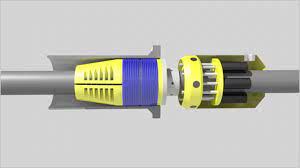
Advantages of polyurethane materials
Corrosion resistance: resists corrosion by seawater, salt spray, and chemicals
High elasticity: adapts to the dynamic movement of cables and reduces wear
Abrasion resistance: not easy to age and crack after long-term use
Temperature resistance: adapts to ambient temperature of -40°C to 80°C
Easy to install: customizable design to adapt to different pipe diameters
Polyurethane J-tube seals play a vital role in offshore wind power. Their excellent sealing, weather resistance, and fatigue resistance ensure the long-term reliable operation of cable systems. With the advancement of offshore wind power technology, the seals will continue to be optimized to provide the industry with safer and more durable solutions.

